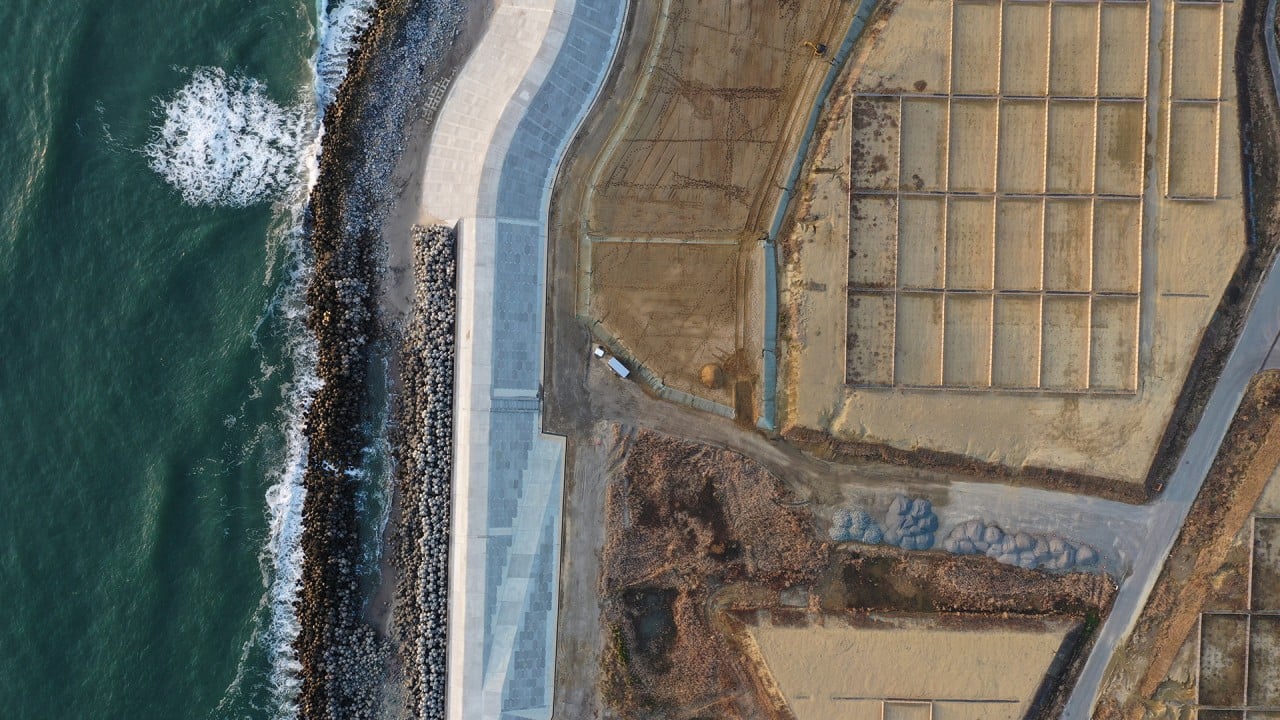
Remember Fukushima as China pushes for safe nuclear power
- Ten years ago a triple disaster struck northeast Japan that forced many countries to rethink their energy needs and generation methods
The triple disaster that struck northeast Japan a decade ago today is a flashbulb memory. So vivid was the news of the earthquake and tsunami and consequential the meltdown of three nuclear reactors in Fukushima that many of us can still recall exactly what we were doing at the time.
The catastrophe awoke Japanese to government negligence and poor safety standards. Tough lessons have been learned, but the reluctance to trust atomic energy that has spread to many developed parts of the world bodes ill at a time when the climate is in crisis and there is no more reliable means to cut temperature-raising emissions.
Nuclear reactors provide about 10 per cent of the world’s electricity, but the Fukushima accident sparked a surge in concerns about safety that persist. Coupled with high construction costs and low prices for fossil fuels, there has been a global slowdown in the development of nuclear energy over the past decade, with more closures than start-ups of plants.
Days after the disaster, Germany announced it would shut all reactors by next year; Belgium and Switzerland aim to phase out theirs and programmes are frozen or being scaled back by numerous governments.

04:52
10 years after the Fukushima nuclear disaster, survivors are hopeful but worried
Developing countries are pushing to expand the sector, though; China is in the vanguard with ambitious plans to boost capacity by 27 per cent by the end of 2025, a necessity if it is to stay on track to meet climate change targets.
Japan is in one of the world’s most active earthquake zones, but the temblor that struck the Tohoku region 10 years ago was the country’s biggest on record. It triggered two waves that reached 40 metres (131 feet) high and swept inland for up to 10km (6.2 miles).
About 20,000 people were killed, 2,500 are still missing and property and infrastructure damage amounted to an estimated US$235 billion. The meltdown at the Fukushima Daiichi nuclear plant prompted a nationwide shutdown of reactors.
About 110,000 people were evacuated from around the Fukushima plant over radiation fears and 42,000 have still not returned. Of Japan’s 54 nuclear reactors, only nine have been given approval to restart and just four have done so.
An investigation found the meltdown was a man-made disaster that could have been avoided, the root causes being lax regulatory oversight and an ineffective safety culture at the plant operator. Japanese no longer trust nuclear power.
China puts nuclear power on the front burner in bid to meet climate goals
Globally, there has been a push for solar and wind power and improved batteries make storage easier and cheaper. But nuclear remains the most reliable and China is showing the way forward.
Its drive for better waste management and innovative third and fourth-generation reactors, including designs for small modular units and floating plants, could hold the key to future energy needs and clean generation. Importantly, when used wisely and properly regulated, nuclear power is safe.

